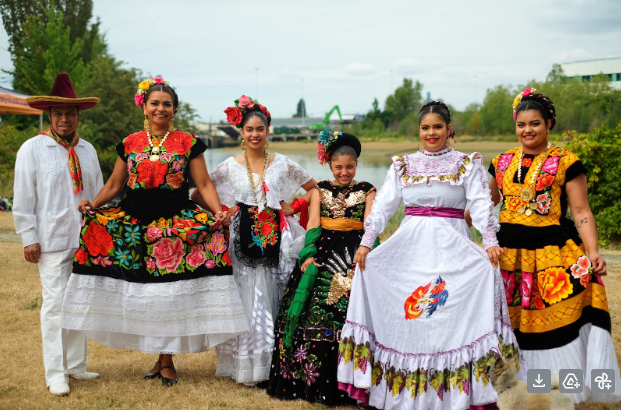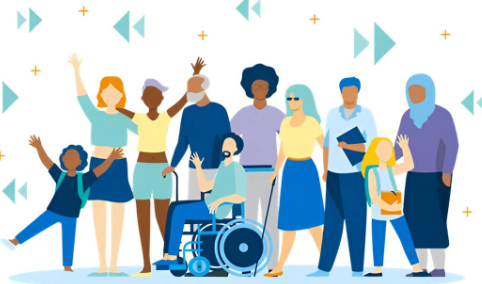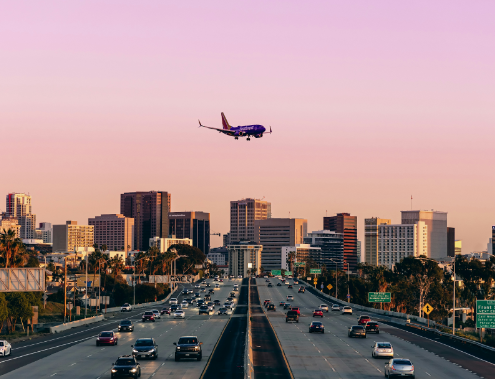The Duwamish are people of the Southern Coast Salish in western Washington, and they are the indigenous people of metropolitan Seattle. Before colonization, the Duwamish tribes mainly centered around the Black and Duwamish rivers. Modern Duwamish tribes can be divided into two distinct groups: the Duwamish and the x̌ačuʔabš people whose traditional territory encompasses the area around Lake Washington. Despite English being the primary language used by the Duwamish today, they retain their own subdialect of the southern dialect of Lushootseed, a Coast Salish language, a historical language spoken throughout western Washington.
The city of Seattle has been inhabited since the end of the last glacial period, approximately 10,000 years ago. During that time, there were thirteen prominent villages, the people living around Elliott Bay, the Duwamish, Black, and Cedar Rivers were known as the doo-AHBSH, meaning “People of the Inside.” There were four main villages in Elliot Bay and the lower Duwamish River. Before civil engineering, the area had tidal flats and rich marine life, which were harvested as seafood.
The Duwamish have been trying to gain federal recognition since 1978. In 1925, however, they were temporarily recognized by the federal government after they successfully petitioned the government. Yet in 1978, their efforts to restore recognition continued, and they were granted acknowledgment in 2001 by the Clinton administration, but in 2002, the decision was reversed by the Bush administration. In 2015, the Duwamish appealed their case, and it was still pending. In May of 2022, the Duwamish filed a lawsuit against the Department of the Interior to secure their tribal sovereignty.
Federal recognition is the formal acknowledgment by the U.S. government of a Native American tribe’s sovereign status, establishing a government-to-government relationship. This recognition grants tribes’ eligibility for federal funding and services and upholds their inherent right to self-governance and tribal sovereignty. The process for a tribe to be recognized is complex and typically involves petitioning the Bureau of Indian Affairs and meeting specific criteria regarding continuous existence and political authority since at least 1900.
One way you can help tribes gain federal recognition is by submitting a federal recognition application to the Bureau of Indian Affairs (BIA). Gathering historical and genealogical evidence to support the Tribes and utilizing public awareness can increase the chances of them gaining federal recognition.








